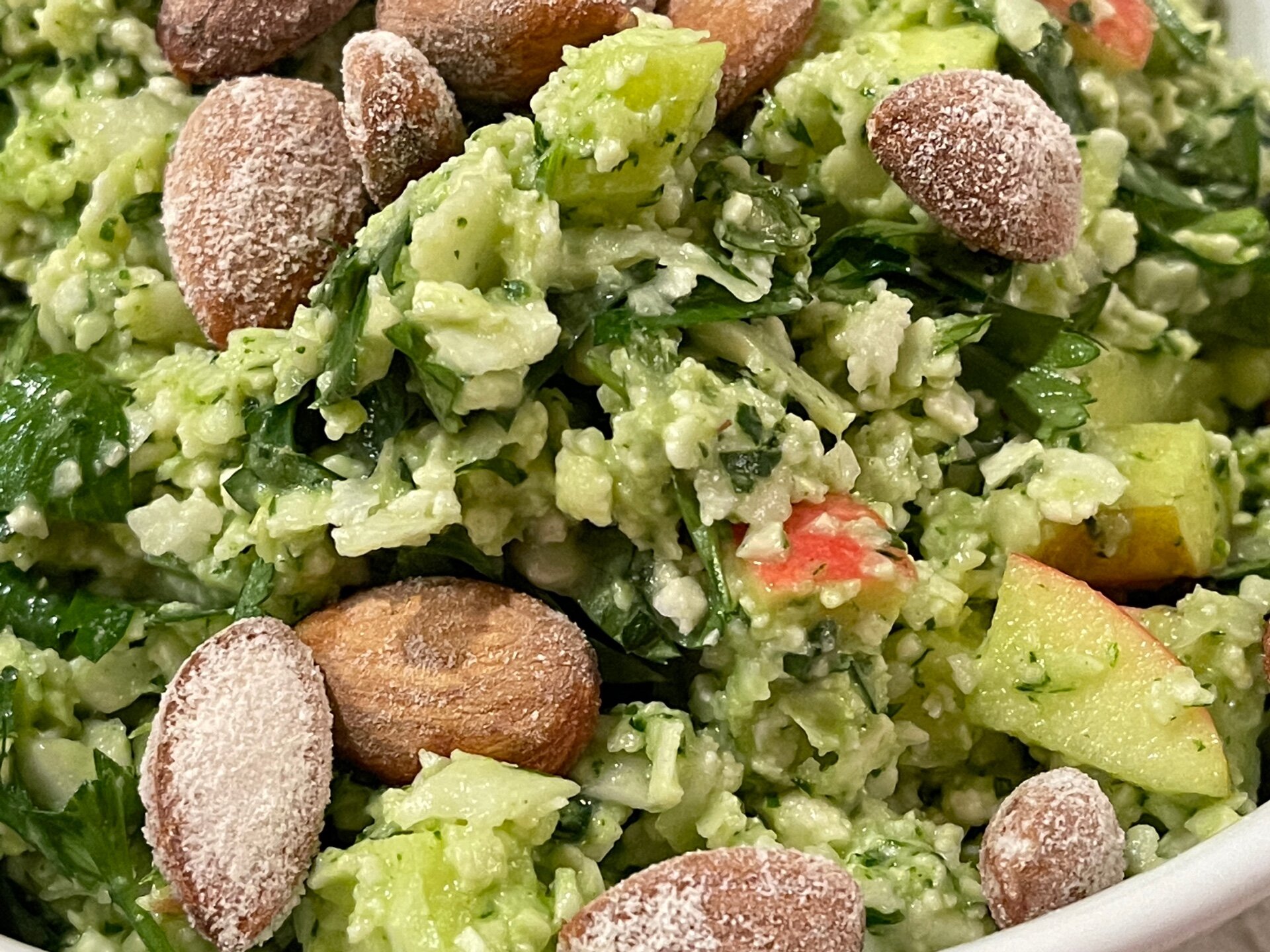Green Bean and Asparagus Salad with Lemony Feta Dressing.
This salad is a fresh and crisp side perfect for a summer BBQ. The creamy lemony feta dressing makes it a perfect parring to almost everything. It’s great with fish, chicken and even for ribs or roasts.
I was in search of a salad without leafy greens, a more crunchy salads. Previously I have been using green beans and snap peas for this, so I added some extra crunch with asparagus and radishes. The cheesy lemony dressing was a mix of my love of feta mixed with the taste of the lemon pepper pasta.
Serves 3-4.
Ingredients:
200g green beans, trimmed
1 bunch (10-15) asparagus, trimmed
125g snap peas
10 radishes, sliced
Dressing:
1 lemon, the juice from
2 tablespoons lemon olive oil
75g feta cheese
freshly ground pepper
Directions:
Wash and trim snap peas, asparagus, and green beans. For the asparagus I hold each stalk about half way down its length, and at the thick end. Then bend the stalk until it snaps, discard the thick end. This way you only get the good crispy part of the asparagus.
Blanch the vegetables for 1 minute, by adding the vegetables to a large pot of boiling water. With a slotted spoon remove the vegetables from the boiling water and plunge them in a large bowl with ice water. Cut the vegetables into bite-size pieces. Spread the vegetables in a shallow bowl, and sprinkle the sliced radishes on top.
Mix all the ingredients for the dressing, using a fork to incorporate the feta to the dressing. Pour the dressing over the salad, and mix it well.
Serve the salad as a side to your favorite protein, or to your summer BBQ.





